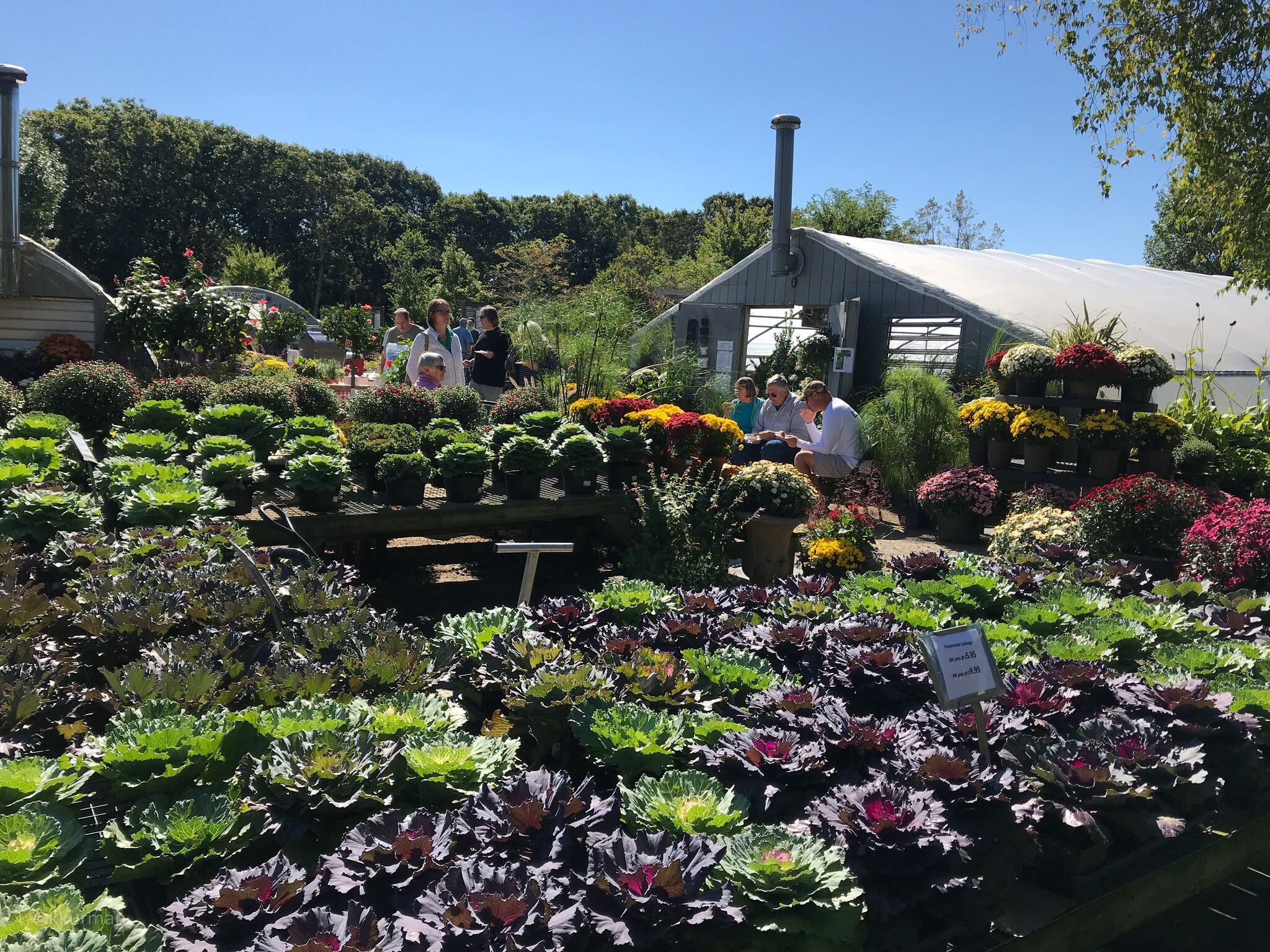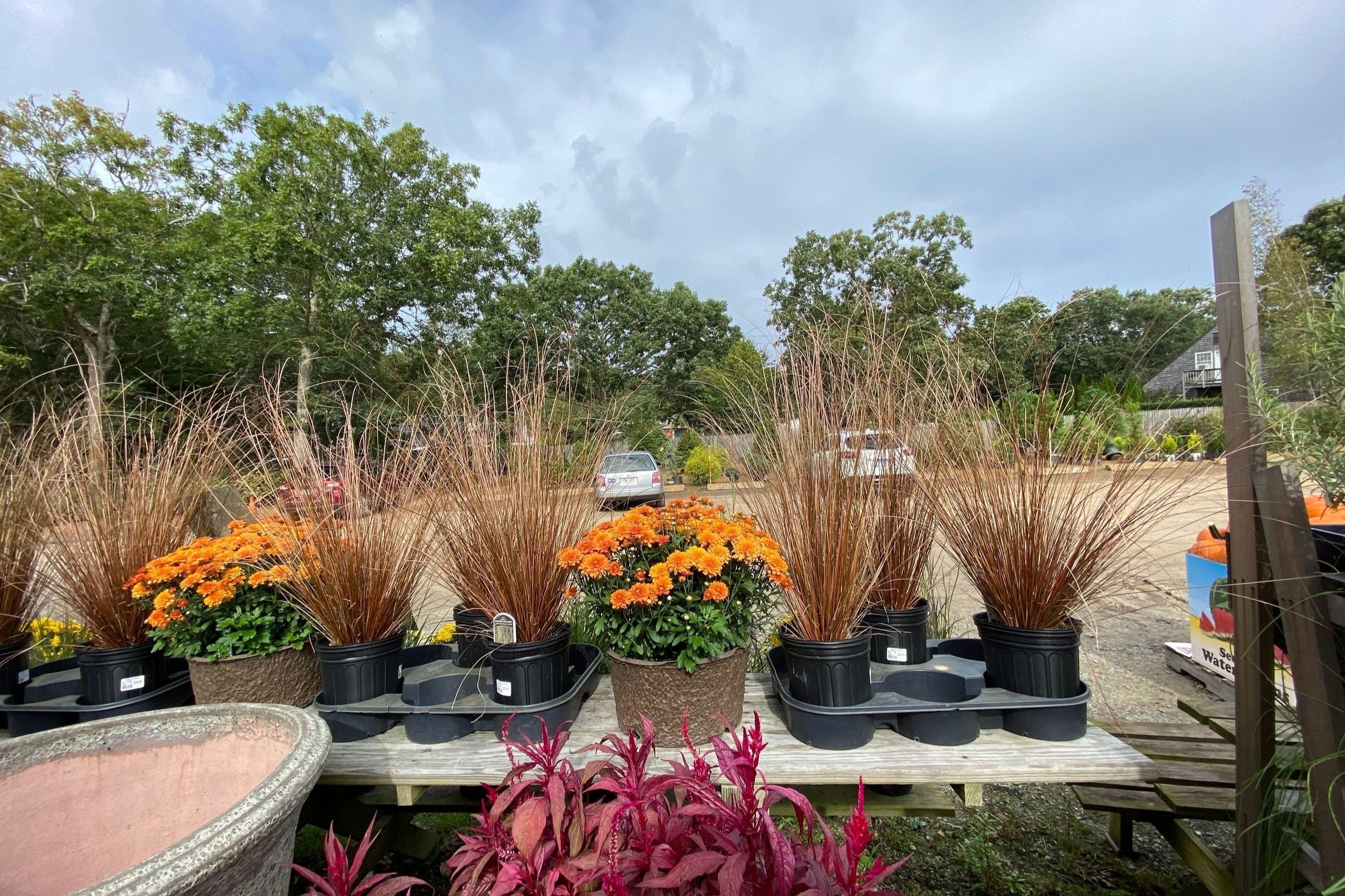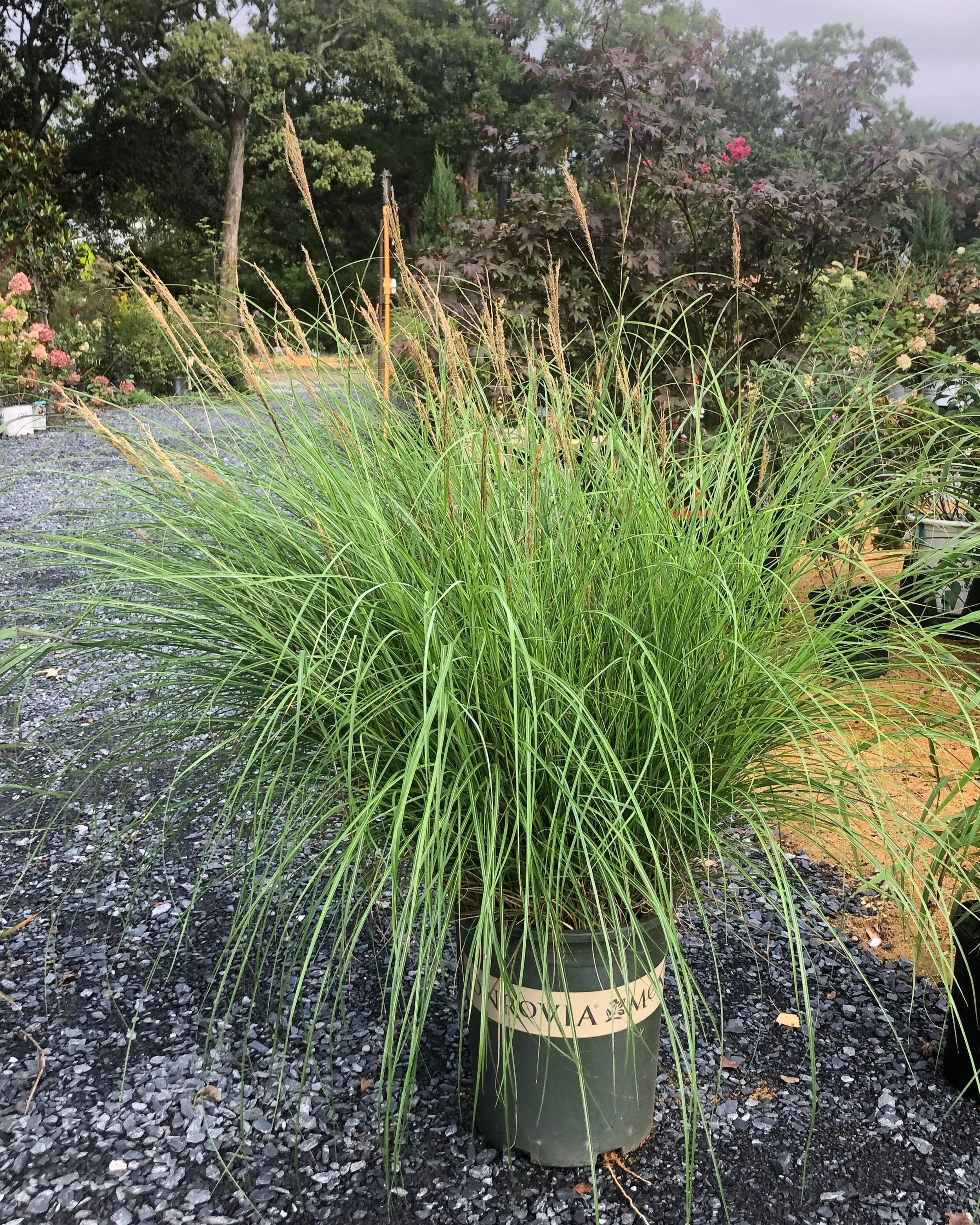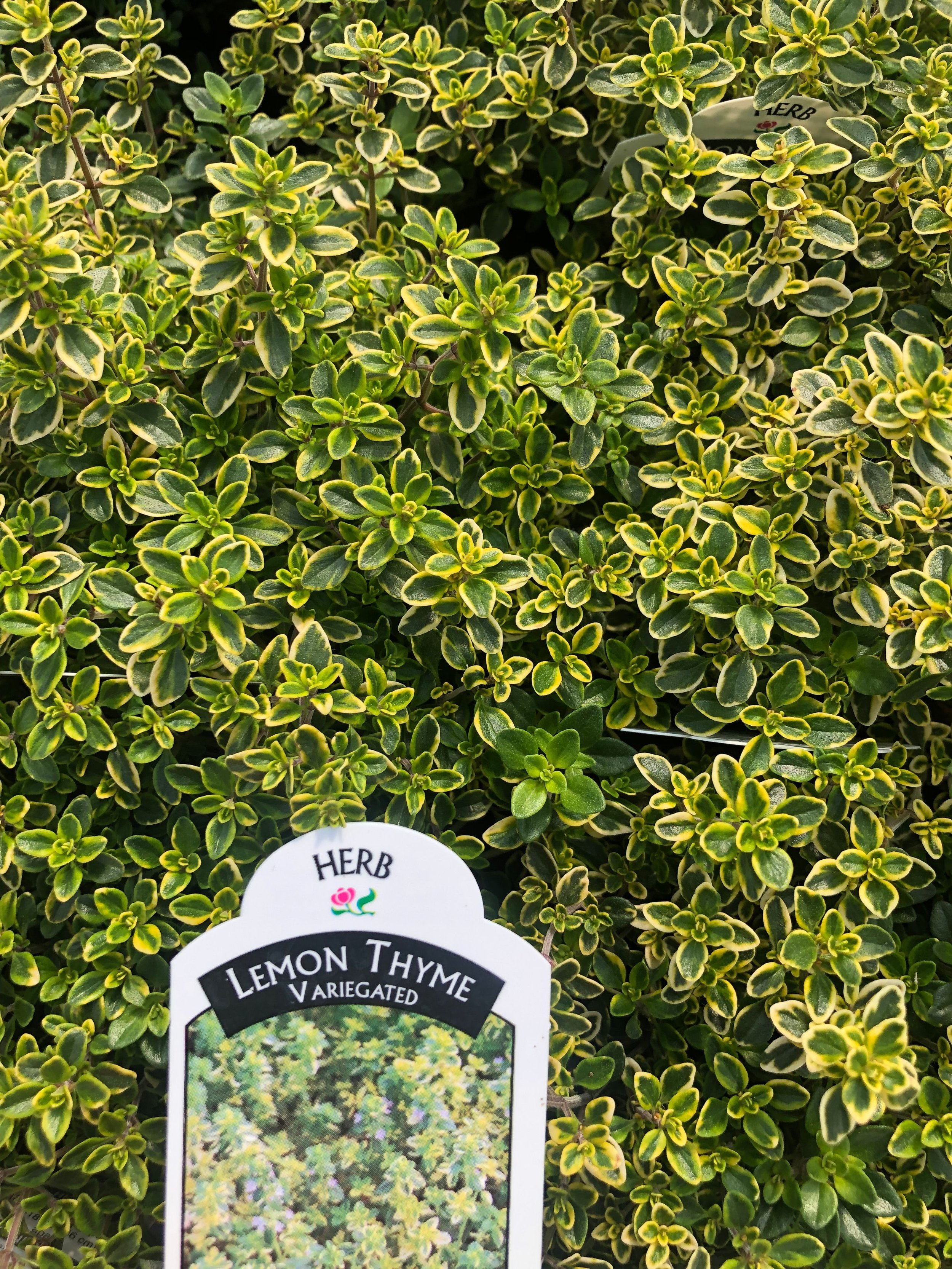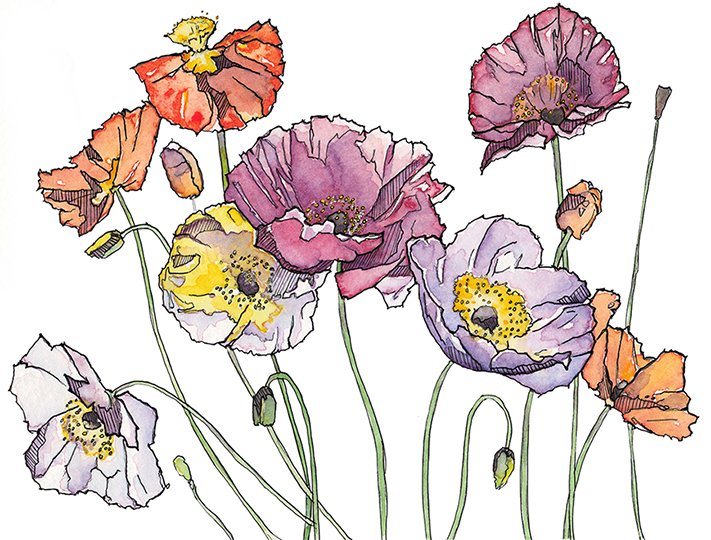MYSTERIOUS, LIKE MAGIC
Biennials are by nature herbaceous flowering plants. That may seem obvious but those flowers are what we are going for to achieve the effect. For clarity let’s review the difference between the growth habits of the plants in our flower gardens.
Annuals have the shortest life cycle. Their seed germinates in the Spring, they then rush to develop leaves, roots, flowers and seed in one short growing season before dying at the first frost. Annuals are determined to set seed in their first year so they are well suited as cut flowers because if you keep cutting the flowers off the plant it will continue to produce them until they manage to set seed. If those seeds are left on the plant or collected, saved and sown the following year, will produce an annual crop of flowers. Typical examples might be, Poppies, Cosmos, Zinnias, Impatiens or Petunias.
Perennials can be a confusing group but the axiom associated with them goes,
“Perennials are plants that, had they lived, would come back year after year.”
There is wisdom in this simple statement. Hardiness, growing conditions and pests can all challenge our best efforts to keep perennials going year after year in the garden. That said, we can best describe perennials as, flowering plants that retain a dormant crown and root system below ground through the winter, producing leaves and flowers every successive year. Perennials will usually multiply at the crown and/or by lateral roots, thus the need to periodically lift and divide them to keep them fresh and healthy in the garden. Examples of classic perennials might be Iris, Peonies, Phlox, Hostas and Astilbe, honestly far too many to list!
So you can see how biennials fall somewhere between these two groups. The great garden writer, William Robinson, in his seminal book from around 1890, “The English Flower Garden”, says, “…the line between biennial and annual is not a strict one… as the work of raising all is, to a great extent, the same.” Well, that’s easy for him to say, he was gardening in England which we know has a milder climate and sweeter soils than we do here, blurring the lines between all the flowering plants.
Quite simply, Biennials produce in their first year leaf and root and in their second year flower and seed. There are characteristics of both Annuals and Perennials within Biennials carrying with them the same caveats, that hardiness, growing conditions and pests can conspire to frustrate our best intentions. For biennials you could add to this list, over zealous weeders. Some of the most outstanding examples being, Foxglove, Hollyhocks, Sweet Williams, Campanula and Verbascum also known as Mullein.



